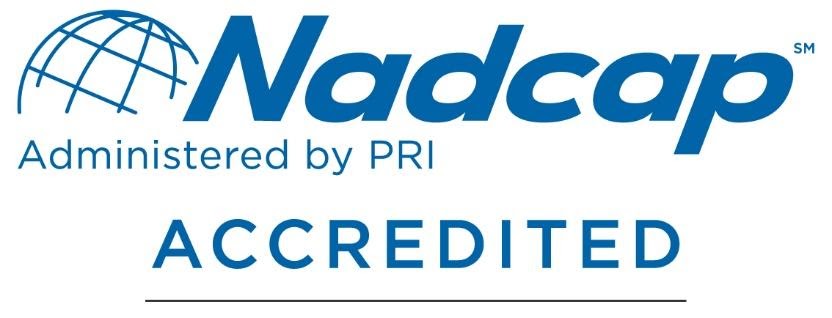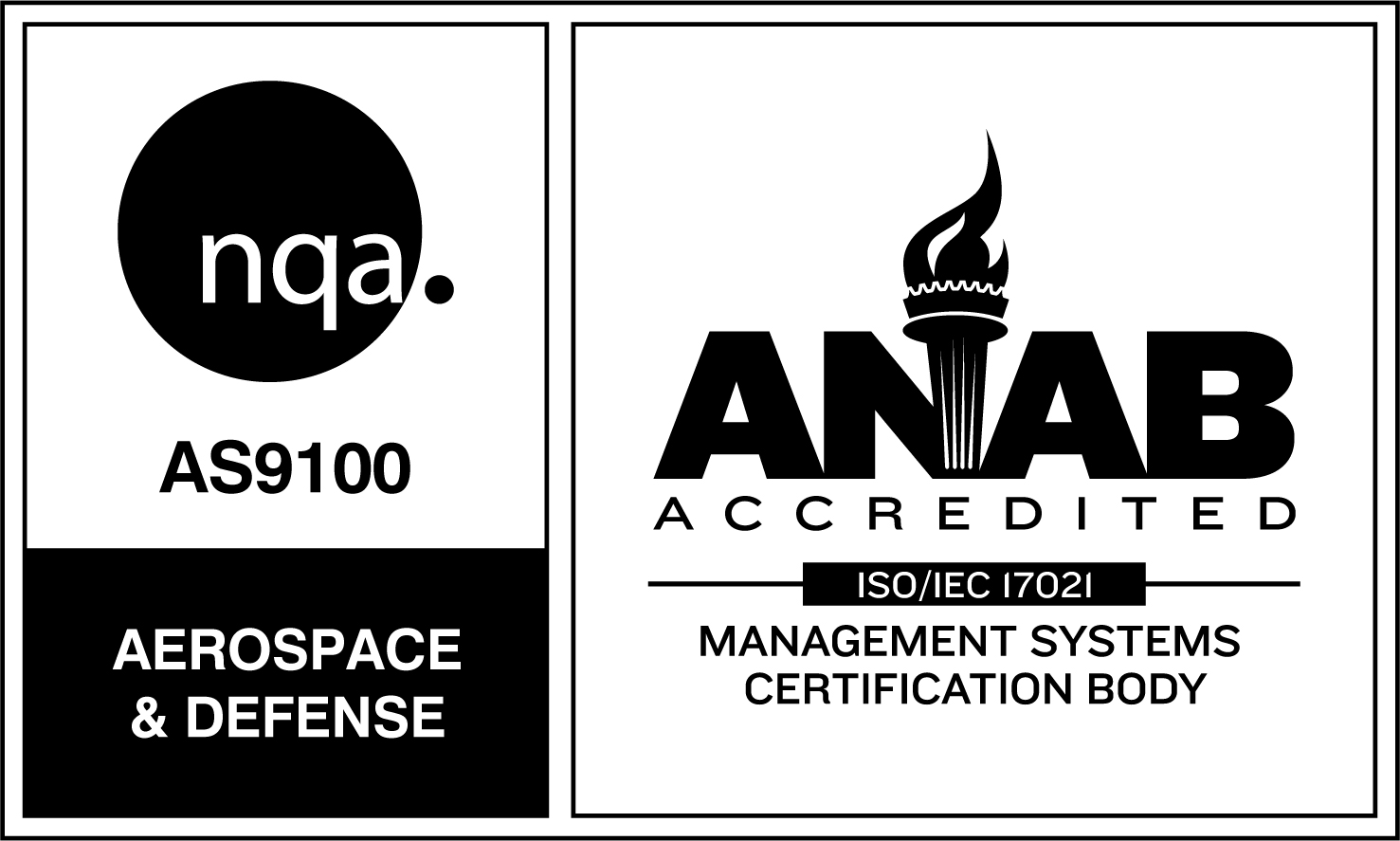Although Thermal-Vac started as a vacuum brazing shop, we have built our business by expanding into other service areas as customers required. Torch brazing is a method we offer for projects involving unusual designs or smaller production volumes.
Torch brazing is not appropriate for joining components made with certain metals, such as titanium, zirconium, and certain stainless steels. But for components of most metals, it can be an effective and highly tailored solution. With this process, a torch is used to heat the joint and the braze filler metal. Like other forms of brazing, the goal is to flow the filler material into the joint, allowing capillary action to create an incredibly strong bond even between components made of different materials.
Torch brazing is done entirely by hand. Other techniques, like aluminum dip brazing, also involve a hands-on process to apply the braze filler material, but the work itself is usually completed in an enclosed furnace. Because of its nature, torch brazing is an effective method for smaller parts, uniquely shaped pieces, and joining pieces of different materials.
What is the process involved in torch brazing?
- Verify the fit.
The first step is to ensure there is an adequate amount of space between components to allow the braze filler to flow while providing sufficiently narrow tolerance to allow the capillary action to work. As with any brazing process, designing components with torch brazing in mind is key to ensuring a strong, reliable joint.
- Clean the components.
Before they can be brazed, components must be thoroughly cleaned. This is vitally important as the filler material will not bond correctly if pieces have excess grease, oil, or other contaminants on them.
- Assemble the components.
The cleaned components are then assembled to be ready for the brazing process. Components are often clamped together to prevent them from moving during the brazing process.
- Braze.
As its name implies, torch brazing employs a torch to heat the joint and the braze filler metal, allowing the filler material to flow into and around the joint. To achieve acceptable results, the technician must use the correct temperature and torch fuel to prevent oxidation of the joint or damage to components. Once brazing begins, the torch should be pointed so that the flame surrounds the joint. Torching should continue until the filler material assimilates to the surrounding pieces, creating one complete piece.
- Examine work and clean the new joint.
Once brazing is complete, the new joint should be checked for strength and imperfections. In some cases, the inspection process can be conducted with a visual inspection alone. Still, in other cases, specialized tools might be used to verify the internal integrity of the joint. Finally, the joint is cleaned and may be polished or otherwise prepared for other steps in the manufacturing process.
Thermal-Vac has experience torch brazing many different products.
Thermal-Vac is the leader in all types of brazing, and we work closely with each customer to ensure the correct brazing method is used for each specific project. From engineering to final processing, we are there with the service and know-how to get the job done the right way. To learn more about our torch brazing process and discuss its benefits and challenges, give Thermal-Vac a call.


